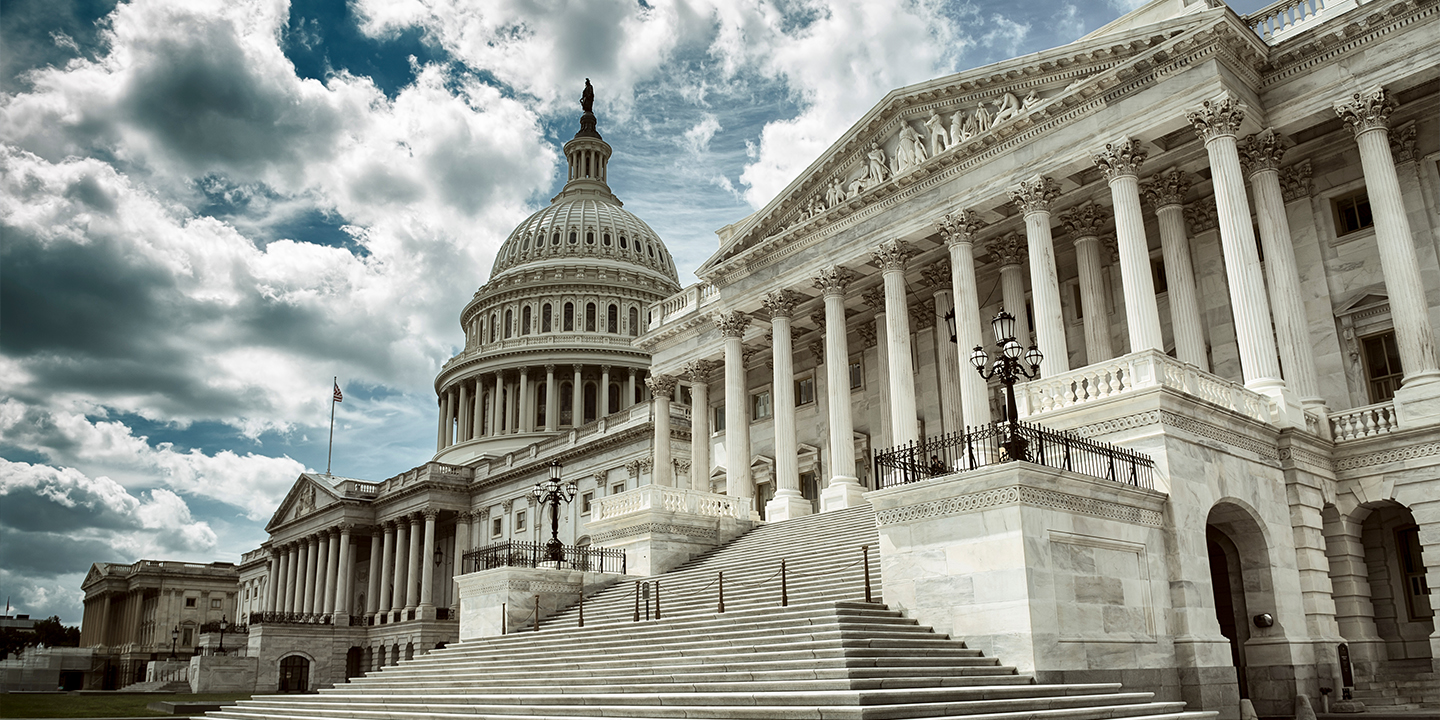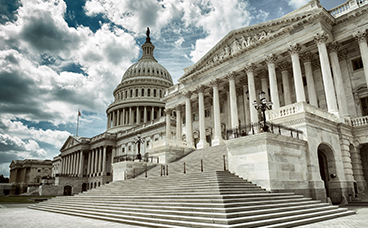Beware the US Shutdown!
Beginning on the 1st of October 2025, the US government began its current Federal government shutdown.
The shutdown occurred because Democratic Party Senators refused to support a Continuing Resolution to provide funding for the US government. At the time of writing, Republican Senators have now put up Continuing Resolutions for funding to the Senate 11 times, and Democrat Senators have refused to support them 11 times.
The more I look at this shutdown, the more it is apparent that Democratic planning for the shutdown really began in July, following the passage of the One Big Beautiful Bill.
A good start to understanding the Democratic Party’s decisions can be gained by reading a paper published on 22 July by University of California Berkeley Public Health Professor William H. Dow. The paper is titled “What do looming cuts to Medicaid really mean?”
Although the article is about Medicaid, Dow briefly mentions the expiry of subsidies to the Affordable Care Act (Obamacare insurance). Dow downplays this as a cause of the shutdown. We cover this issue in an appendix.
Berkeley is particularly interesting because it's in California’s 12th Congressional District. This was one of the long-time districts held by Nancy Pelosi, who resigned as Speaker of the House at the beginning of 2023. So it's really Democratic Party heartland.
In this paper, Professor Dow argued that the One Big Beautiful Bill signed into law by Trump on the 4th of July 2025 cuts funding to Medicaid by $100 billion per year. The source document he uses was published by the Kaiser Family Foundation.
When I looked at the source document, it actually says $99 billion per year. Dow rounded it up. We'll draw some analysis from that source document later. For now, we’ll say the cut is $99 billion a year, over the next ten years, continuously.
Medicaid is intended to provide basic health care for the poor. It’s funded by the federal government, but services are provided at the state level. In every state, the agency has a different name. The Congressional Budget Office tells us that in 2023, the total cost of Medicaid was $870 billion.
That means spending on Medicaid is equal to or greater than the GDP of around 170 countries. Only about 20 countries have a larger GDP than the annual US spending on Medicaid.
When we look at that spending, American seniors and disabled people were 21% of enrollees but accounted for 52% of the spending. Children were 37% of enrollees but only 15% of the spending. Professor Dow’s paper shows that Medicaid is important, particularly for understanding the politics around what he calls “Undocumented Immigrants.”
We’ll talk later about Speaker of the House Mike Johnson’s discussion of the same group. He calls them “Illegal Aliens.”
This is interesting. I’ve seen polling about the use of these terms. Roughly twice as many Americans use the phrase “illegal aliens” as use “undocumented immigrant”. But “undocumented immigrant” is heavily used in Democratic Party heartland, especially in California, where Professor Dow is based, and in New York State.
Again, Medicaid is intended to provide basic health care for the poor. The program is federally funded but state-administered. Speaker Mike Johnson, speaking on the 1st of October, said that “Medicaid was intended for people in distress, young pregnant women or men who were down on their luck, the destitute and disabled, and the elderly.”
The sources of the savings in Medicaid spending when the bill was passed on the 4th of July came from two areas: identification of recipients as American citizens, and the use of a “work test”.
Republicans tried to reduce benefits to American citizens only. That’s what they’re attempting to do.
Democrats, on the other hand, would like benefits to continue to be extended, officially or unofficially, to illegal aliens or undocumented immigrants.
Let’s talk about “The identification of American citizens”.
This involves people receiving benefits, or the adults in the family, turning up once a year at the state agency and identifying themselves in person. Earlier analysis by DOGE showed a number of invalid claims in Medicaid and other federal benefits.
There were people receiving benefits who had been dead for years, and others who had yet to be born. So Republicans included a condition in the bill that recipients must turn up at the agency once a year and prove they are American citizens.
That would exclude illegal aliens from receiving payments.
There’s also a work test for people receiving medical benefits. If you’re between 19 and 64 years of age and want to receive Medicaid benefits, you must prove you’re working at least 80 hours per month or attending an educational institution for that period.
When the bill became law, it was said these provisions would reduce Medicaid spending by 15%.
Professor Dow based his paper on research from the Kaiser Family Foundation. I examined the same document. It says the reduction is $99 billion a year. As a percentage of the total $870 billion spending, that’s exactly 11.4%, not 15%.
Still, the apparent intent of the Democratic Party is to continue the shutdown until these savings are reversed.
The previous experience of a shutdown was during Trump’s first term. Trump himself shut down a spending bill until it included funding for the border wall. That shutdown lasted 35 days. The result was that Trump’s favourability ratings fell dramatically.
So I think Democrats started this shutdown assuming the same would happen again, that Trump would be blamed, and it would be a political advantage to have a long shutdown.
Unfortunately for them, recent polling by Rasmussen suggests Trump is rating well.
There was a “No Kings” national protest aimed at Trump held on the 18th of October in all 50 states. This shutdown appears to have been planned to coincide with those demonstrations.
This suggests Democrats planned this as a long-term shutdown.
So what could possibly go wrong?
First up, China is using the US shutdown to launch aggressive demands for control of world trade in return for rare earths.
From an economic point of view, a paper published by Standard & Poor’s titled “The rising risk of a prolonged shutdown” is worth noting. The previous longest shutdown was 35 days, or five weeks.
It’s quite possible this one will go longer. The paper calculates that each two weeks of shutdown reduces final quarter GDP by 0.3%. We believe the shutdown will last at least four weeks. That would reduce fourth quarter GDP growth from the current estimate of 2% annualised to 1.4%.
The long-term bond market appears to believe this. In recent weeks, 10-year bond yields have fallen by 10 basis points. I think there’s more to come.
This shutdown may continue for a while. It’s good advice to exercise caution and wait until the shutdown ends. This story still needs time to unfold.











